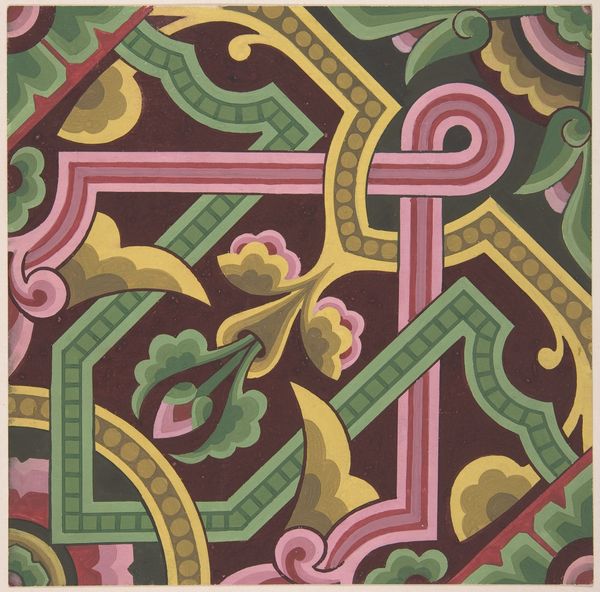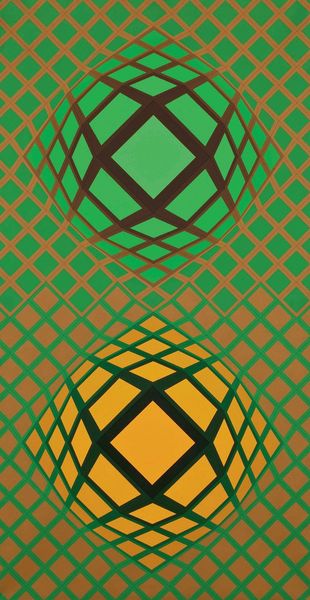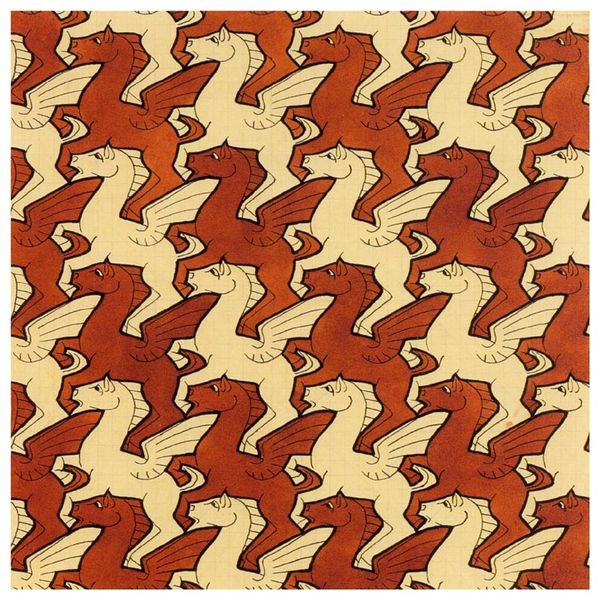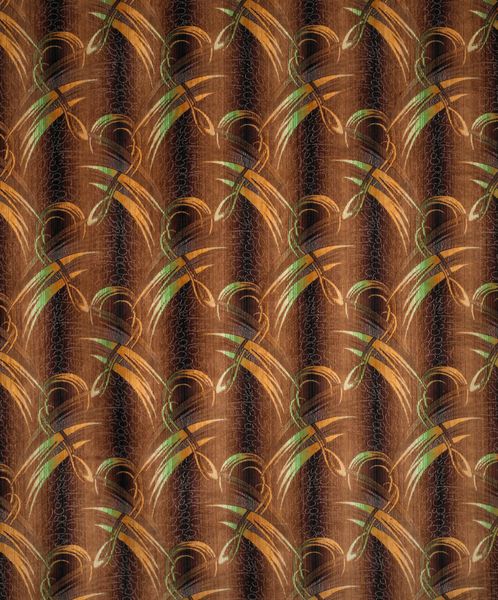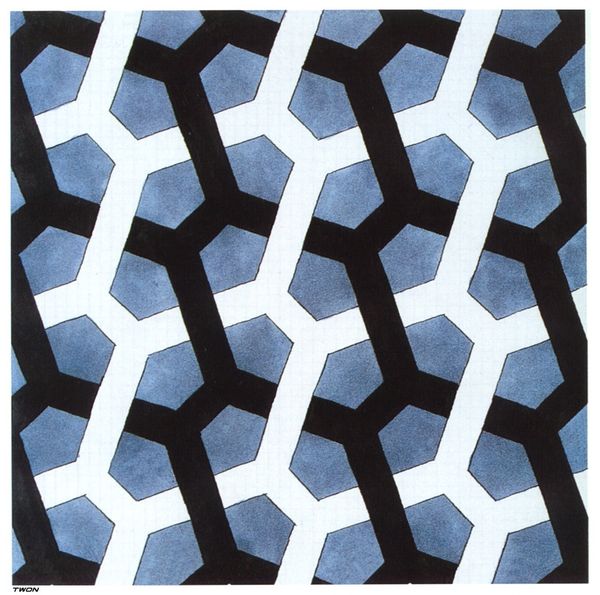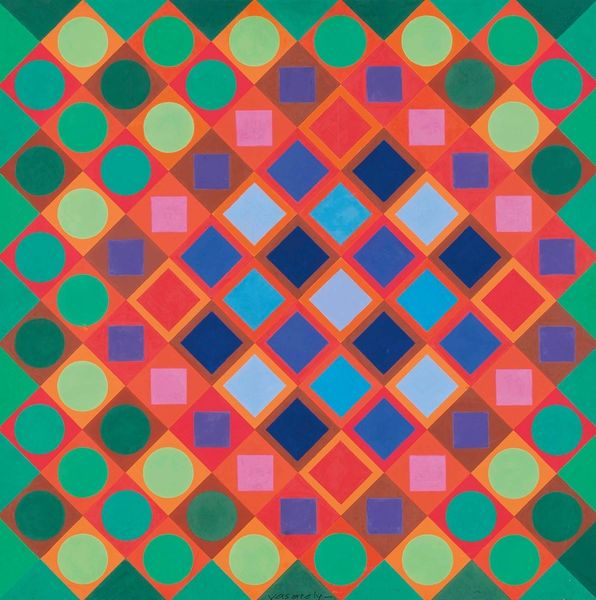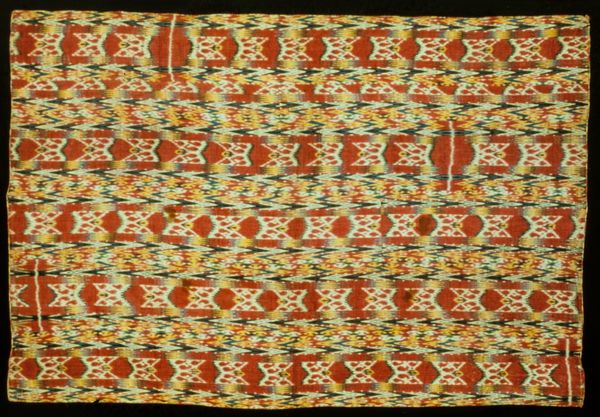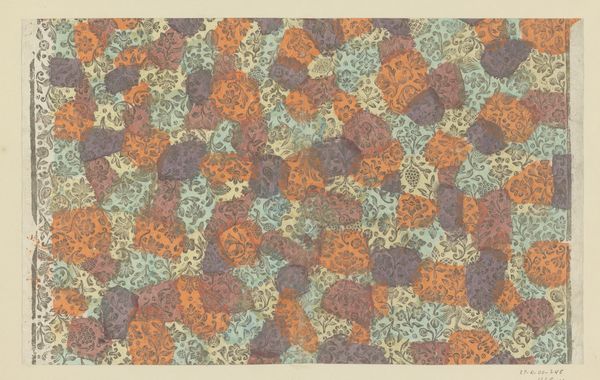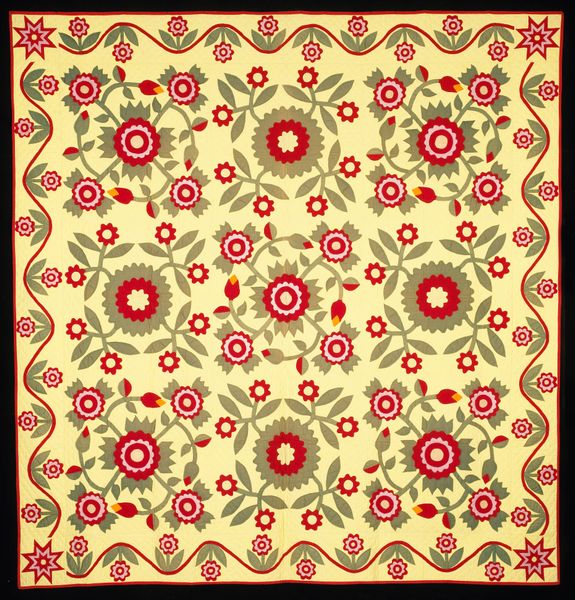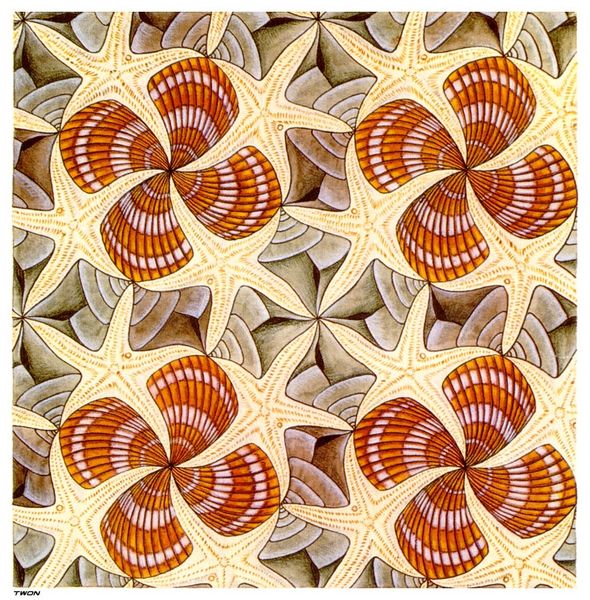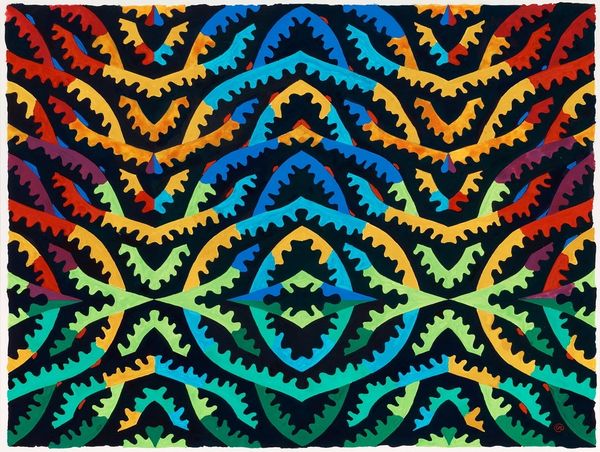
drawing, print
#
drawing
#
dutch-golden-age
# print
#
pattern
#
mannerism
#
figuration
#
geometric pattern
#
geometric
#
symbolism
Copyright: M.C. Escher,Fair Use
Editor: Here we have M.C. Escher's "Lizard 2," a print where orange and green lizards interlock across the entire surface, creating a geometric tessellation. I’m struck by how playful and yet incredibly structured it is. What can you tell me about how its historical context shapes how we interpret this work? Curator: Escher's works like "Lizard 2" operate within a historical tension. On one hand, he was working in the mid-20th century when abstract art was ascendant, and the public role of imagery was often questioned. On the other hand, his pieces offer complex patterns easily grasped by a broad audience. Where do you think it situates itself between fine art and popular image making? Editor: That's a great point! It feels like it bridges the gap, using almost scientific precision to create something aesthetically appealing and accessible. I guess its popularity also has something to do with it. How do institutions shape the meaning of his work? Curator: Precisely. Escher's popularity grew through reproductions – prints, posters. This democratization meant his art entered homes and schools, far beyond the traditional museum setting. The question then becomes: Does mass distribution change our perception, perhaps diminishing its artistic 'aura', or does it amplify its message? And, does it affect who has access to experience art? Editor: I see how mass distribution might dilute some perceived "aura" of fine art, but in return creates a more inclusive artistic experience. That’s something to think about in today's world. Curator: Indeed, considering Escher forces us to examine not just *what* art is, but *where* it lives, and *for whom*. It brings in the public in conversation on fine art making. Editor: Thanks for the insightful comments!
Comments
No comments
Be the first to comment and join the conversation on the ultimate creative platform.


